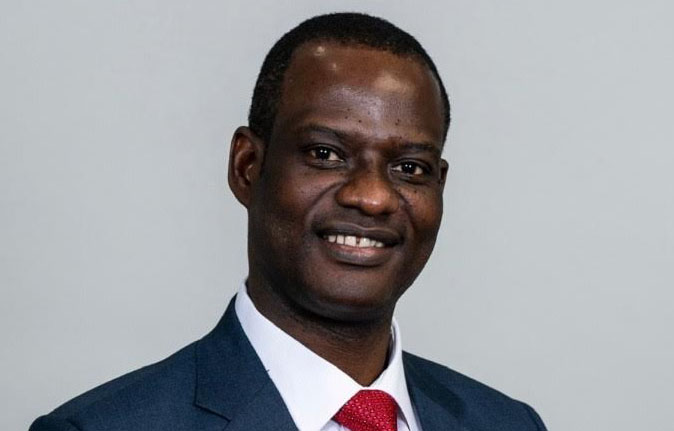
As the rainy season in the country commences, many communities in Nigeria will most likely experience the yearly flooding cycle which destroys life and property and devastates the environment.
It is reported that no fewer than 176 local government areas (LGAs), comprising 1,249 in 30 states and the Federal Capital Territory (FCT) fall within the high flood risk areas, while 2,187 communities in 293 LGAs in 36 states of the federation and the FCT fall within the moderate flood risk areas in 2025.
The high flood risk states are Abia, Adamawa, Akwa Ibom, Anambra, Bauchi, Bayelsa, Benue, Borno, Cross-River, Delta, Ebonyi, Edo, Gombe, Imo, Jigawa, Kebbi, Kogi, Kwara, Lagos, Nasarawa, Niger, Ogun, Ondo, Osun, Oyo, Rivers, Sokoto, Taraba, Yobe, Zamfara and the FCT.
The Minister of Water Resources, Prof. Joseph Utsev, disclosed this on Thursday in Abuja when he unveiled the 2025 Annual Flood Outlook (AFO) prepared by the Nigeria Hydrological Services Agency (NIHSA).
The AFO 2025 was unveiled with the theme “Flood Resilience: Focusing on Communities Preparedness and Adaptive Strategies for Flood Management
Utsav said 666 communities in 52 LGAs in 14 states fall within the high flood risk areas in April, May, and June; 549 communities in 114 LGAs in 30 states in July, August, and September; and 489 communities in 56 LGAs in 13 states in October and November 2025 are within the High Flood Risk zones.
He also said moderate impact level floods are expected in 445 communities in 116 LGAs in 24 states during April, May, and June; 1,458 communities in 271 LGAs in 33 states during July, August, and September; and 1,473 communities in 171 LGAs in 26 states during October and November 2025.
According to Utev, flash and urban flooding are projected in several cities in the country due to high rainfall intensities, low attention to water facility management, including drainage systems and waterways, and a lack of flood resilience structures.
The minister noted that flooding remains one of Nigeria’s most devastating natural disasters, and climate change was accelerating its frequency and severity.
“…the 2025 Annual Flood Outlook (AFO) has been segmented into three parts to address the pressing challenges of flood disasters and provide detailed information for mitigation, particularly in the most vulnerable communities.
“The three publications are: Flood Forecast, which gives an overview of the 2025 flood scenarios; Flood Risk Communication, a document that exposes the necessary communication modes for translating flood occurrence into action; and Flood Mitigation and Adaptation, which summarises the required activities, measures, and programmes to be undertaken to reduce exposures to flood risks, he added.
Permanent Secretary of the Ministry of Water Resources and Sanitation, Richard Pheelangwah, urged stakeholders to prioritise early response, saying, “This outlook isn’t just about numbers; it’s about protecting lives and livelihoods.”
The director general and chief executive officer of NIHSA, Umar Ibrahim Mohammed, noted that this year’s flood forecast goes beyond mapping LGAs to identify specific at-risk communities.
“Our focus has expanded to assess sectoral impacts on health, education, agriculture, and infrastructure, offering more robust tools to policymakers and disaster risk managers.”
He added that the AFO’s enhanced methodology has resulted from continuous feedback, technological advancement, and broad inter-agency collaboration.
“We are transforming flood data into real-time decisions and impactful resilience-building,” he said.
Meanwhile, the National Emergency Management Agency (NEMA) said it would implement measures to mitigate the impact of floods in 2025.
According to NEMA spokesperson Mr Ezekiel Manzo, the Agency has activated its early warning system, which is aimed at warning and
sensitising at-risk communities and providing support to minimise the impact of an emergency.
He said NEMA also intended to deploy technology in managing
emergencies; hence, it would distribute emergency support equipment, which would significantly and effectively manage the risks associated with these disasters.
He urged the public not to panic over the 2025 Annual Flood Outlook but to take the early warning seriously to avoid falling victim to flood disasters this year.






